Google just flipped the script on search. With the launch of Google AI Mode, we’re not just looking at a new feature on the search results page — we’re looking at a complete rewrite of how people interact with information online.
Instead of sending users to websites through blue links, AI Mode delivers AI-powered responses right inside the Google app or browser. It’s designed for complex questions, follow-up questions, and even nuanced queries that would normally take multiple searches to resolve. Think of it as Google’s version of “deep search” powered by its most intelligent model yet.
Sounds powerful? It is. But here’s the problem: The more AI responses dominate, the less overall search traffic flows to your site. In other words, Google’s shiny new AI feature could be the spark that pushes us into the true “Zero-Clickpocalypse.”
And for businesses relying on search traffic for growth, this shift matters more than ever.
Article Summary
- Google AI Mode is Google’s biggest leap yet into AI-powered search, replacing traditional results with conversational AI responses that appear directly in the search results page.
- Unlike AI Overviews, AI Mode is an early-stage AI product designed for complex questions, nuanced queries, and endless follow-up questions that would normally take multiple searches.
- While powerful, this shift means less overall search traffic flowing to sites, creating what many call the “Zero-Clickpocalypse.” Brands that depend on clicks will feel the squeeze.
- Success in AI Mode relies on being cited as part of the AI-powered response — which means optimizing for entities, high-quality web content, and brand authority.
- The winners will be those who embrace Search Everywhere Optimization, ensuring their brand is visible not just on Google, but across every search engine, social platform, and AI assistant.
- The new SEO stack for 2025 isn’t just about keywords — it’s about relevant content, trust signals, and adapting to a more advanced reasoning model that evaluates your brand beyond rankings.
What Is Google AI Mode?
At its core, Google AI Mode is a new way of searching where Google answers questions with an AI-powered response instead of just showing a list of blue links. When a user types into the search bar, Google’s intelligent model doesn’t just fetch pages — it interprets the query, pulls context from past searches and search history, and delivers a conversational summary right on the search results page.

Think of it as the next stage of AI features in Google Search. While AI Overviews give a quick snapshot at the top of results, AI Mode goes further. It’s built for complex questions and nuanced queries that usually require multiple searches. Instead of bouncing from site to site, users get an answer in one place — and can dive deeper with follow up questions.
This changes what “visibility” means. In AI Mode, your brand may not appear as a clickable headline. Instead, you might be cited within the AI responses that summarize the web. That means the focus shifts from ranking to being one of the sites appearing in the content Google chooses to highlight.
In short: AI Mode isn’t just another update. It’s a new concept for search — one that prioritizes speed, relevant content, and context-driven results powered by AI.
Why Google Introduced AI Mode
So why did Google roll out AI Mode now?
Simple:
The world of AI search is moving fast, and Google doesn’t want to be left behind.
Competitors like ChatGPT, Perplexity, and Anthropic are building conversational assistants that people are starting to use instead of a traditional search engine. If users no longer open the Google search bar first, Google risks losing its dominance.
AI Mode is Google’s answer to that threat. By integrating what it calls its most powerful AI search yet directly into the search results, Google is betting that users will stick around longer. Instead of bouncing between websites, people can ask nuanced questions, get a powerful AI search experience, and refine answers with follow up questions — all without leaving the Google ecosystem.
Behind the scenes, Google is also using this rollout to gather massive amounts of data. Every query, click, and refinement helps improve its intelligent model. User feedback is baked into the system so the AI can improve factuality over time and deliver more trustworthy AI responses.
From Google’s perspective, this isn’t just an AI feature — it’s a survival strategy. By embedding conversational AI directly into the world’s most popular search engine, Google ensures it stays the default place where people go to discover information, even in an era where high-quality web content is being summarized instead of clicked.
How AI Mode Works in Practice
When a user enters a query in the search bar, Google AI Mode shifts the experience from a static list of links to a dynamic AI-powered response. Instead of scanning 10 blue links on the search results page, users get a conversational summary that pulls from multiple sites appearing across the web.
Here’s where it gets interesting:
- For illustrative purposes, Google doesn’t just list URLs. It blends the web content into a narrative-style explanation.
- Users can dive deeper by asking follow-up questions, which the AI answers without requiring a brand-new search.
- The model considers context from queries, past searches, and even search history to refine answers.
Think of it as a personal research assistant layered on top of the search engine. Instead of hopping from site to site, users stay inside Google’s ecosystem, receiving AI responses designed to feel seamless and complete.
But notice the trade-off: The more Google packages the answer, the less visible the links to your content become. Your site may still be the source behind the scenes, but the recognition shifts from clicks to mentions.
This is why AI Mode isn’t just a feature — it’s a total reimagining of how queries are resolved. Google is training people to stay within its own experience instead of visiting the websites that produce the information.
The Rise of Zero-Click Searches
If you thought zero-click was already a problem, Google AI Mode just turned it into a full-blown crisis.
In the old search results page, even if a featured snippet answered part of a query, many users still clicked through to a site for more details. Now, with AI Mode, the AI-powered response often feels like a complete answer. That means less search traffic, fewer clicks, and a drop in the visits that businesses rely on.
Worse still, Google’s intelligent model is designed to handle complex questions in a single exchange. Instead of running multiple searches, people can simply refine with follow up questions. Every time they do, it reduces the likelihood they’ll ever land on your website.
For Google, it’s a win — they keep people inside the platform longer, giving them more opportunities to serve ads. For brands, though, the impact is clear: shrinking slices of overall search traffic and fewer opportunities to convert visitors once they’ve discovered your content.
The future of SEO isn’t just about ranking high — it’s about making sure your brand still gets credit when the AI summarizes. If your site isn’t one of the websites cited in the AI responses, you risk becoming invisible in a world where the clicks never leave Google.
AI Mode’s Impact on Brand Visibility
Here’s the hard truth: In Google AI Mode, visibility doesn’t mean what it used to.
On a traditional search results page, your position determined everything. Ranking first meant more traffic, ranking tenth meant less. But in AI Mode, it’s not about position — it’s about being one of the sites appearing inside the AI-powered response. If your brand isn’t cited in the summary, you’re effectively invisible, no matter how strong your rankings once were.
That’s why brand authority has never been more important. Google is training its intelligent model to rely on high-quality web content, relevant content, and trusted sources. If the AI believes your site is authoritative, you’ll be mentioned. If not, you’re left out of the conversation entirely.
Tools like Search Console are also evolving. While they’ll still report on impressions and clicks, those metrics won’t capture the whole story. Brands will need to dig into data around mentions, visibility inside AI answers, and their role in the overall narrative of AI search.
This is where the winners and losers of AI Mode will be decided. The brands that invest in authority, trust signals, and content that the model sees as credible will stay visible — even as clicks decline. Those that don’t? They’ll quietly fade from view.
Optimizing for AI Mode
Most SEOs think about optimization in terms of tweaking their websites: adding schema, cleaning up internal links, maybe polishing up some high-quality web content. All of that still matters — but in Google AI Mode, it’s no longer enough.
AI Responses Don’t Just Come From Your Website
Google’s AI-powered responses don’t exclusively cite traditional sites. They pull from news outlets, niche blogs, YouTube transcripts, Reddit threads, TikTok captions — even social media content that demonstrates authority or provides relevant content. In other words, if your brand isn’t publishing across multiple channels, you’re shrinking the pool of places where Google can discover you.
This is why content distribution has become just as critical as content creation. A blog post that lives only on your site is one signal; that same idea repurposed into a YouTube explainer, a LinkedIn Pulse article, a TikTok clip, and a podcast transcript creates a network of signals. The more surfaces you show up on, the greater your chances of being one of the sites appearing inside the AI responses.
Multi-Channel Optimization Is the New SEO
It’s no longer “SEO vs social vs PR.” AI Mode blurs the lines. To stay visible, your brand needs to treat every channel as part of the search ecosystem. That means:
- Structuring YouTube titles and descriptions like mini-search pages.
- Publishing LinkedIn or TikTok content optimized with conversational queries in mind.
- Using tools like SparkToro or AlsoAsked to map what questions people ask, then answering them consistently across channels.
By aligning messaging everywhere, you’re training Google’s intelligent model to see your brand as the go-to authority in your niche.
Feedback Loops and Improving Factuality
Google has made it clear that feedback will help improve factuality in its AI summaries. If your brand consistently publishes fact-checked, well-sourced content across platforms, the AI is more likely to trust your input. Conversely, if your site is thin, outdated, or inconsistent, you’re far less likely to be cited — no matter how well you used to rank.
Opportunities for Marketers
It’s easy to see Google AI Mode as a threat. Less search traffic, fewer clicks, and more answers staying inside Google. But for marketers who think strategically, this shift opens up entirely new opportunities.
AI Mode as Free Brand Advertising
Every time your brand is cited in an AI-powered response, it’s essentially free promotion. Instead of competing for position ten on a search results page, you’re mentioned directly in the answer millions of users see. Visibility matters — even if the click doesn’t come right away. It keeps your brand top of mind when customers are ready to buy.
Owning More Surfaces in AI Search
Since Google pulls from a wider range of sites and websites, marketers can now influence visibility through more than just blogs. Thoughtful YouTube videos, LinkedIn posts, and even product reviews on third-party platforms can all become signals for AI Mode. The more surfaces you control, the more chances you have to be discovered.
More Innovative Use of Tools and Data
The new SEO stack is about measurement beyond rankings. Marketers can use tools like Search Console alongside visibility trackers to measure mentions inside AI search. Pairing that with data from social and referral analytics gives a clearer picture of how often your brand appears — even when traffic isn’t flowing through clicks.
Building Trust in the AI Era
AI Mode relies heavily on authority and credibility. Brands that publish consistent, fact-checked content across channels will become trusted sources for AI-powered summaries. Over time, this compounds into what really matters: brand recognition and authority that lasts longer than any single ranking.
What Is Search Everywhere Optimization?
If Google AI Mode has taught us anything, it’s that search no longer exists in one box.
The old playbook was simple — optimize for a search engine like Google, climb the rankings, capture the traffic. But AI Mode changes the rules. Now, AI-powered responses are pulled from a blend of sources: websites, social platforms, videos, forums, and even your brand’s mentions on third-party sites.
That’s where Search Everywhere Optimization (SEO 2.0, if you will) comes in. It’s the practice of making your brand visible and recognizable across every channel where people — and now AI systems — go to discover information. Instead of obsessing over one keyword list, you create consistent signals that Google’s intelligent model can piece together into relevant content.
Here’s how it ties back to AI Mode:
- If your brand only exists on your blog, you’re giving the AI a single thread to work with.
- If your brand shows up on LinkedIn, YouTube, Reddit, TikTok, plus authoritative web content, you’re weaving a web of authority the AI can’t ignore.
- When Google decides which sites appear in its summaries are trustworthy, your cross-channel presence tells the model: this isn’t just content — it’s a brand.
Search Everywhere Optimization isn’t about chasing clicks. It’s about training AI systems to recognize and cite you wherever they pull answers. In the age of AI Mode, that’s the new definition of winning search.
The New SEO Stack for 2025
If Google AI Mode represents the future of search, then SEOs need a new toolkit to keep pace. Ranking reports and keyword trackers alone won’t cut it anymore. The new SEO stack is about visibility, authority, and multi-channel measurement.
From Keywords to Entities and Queries
Old-school SEO revolved around individual keywords. The new reality is that Google’s ai search thrives on often conversational, multi-step, and context-driven queries. Instead of optimizing for “best running shoes,” you’re optimizing for how users phrase complex questions like: “What are the best running shoes for flat feet in hot weather?” Entities, context, and intent matter more than raw keyword volume.
From Rankings to Visibility Metrics
Search Console is still essential, but impressions and clicks now tell only part of the story. Brands need tools that track:
- Where their web content is being cited inside AI-powered responses.
- Which sites are being referenced alongside theirs.
- How often their brand is showing up across channels that feed AI Mode.
This is the shift from traffic-only reporting to true brand visibility analytics.
From Web-Only to Multi-Channel Systems
To get cited, you need relevant content in more than one place. That means building structured workflows for distributing blog posts into LinkedIn updates, TikTok explainers, YouTube videos, and even press placements. Websites remain the backbone, but they’re no longer the only input Google’s model uses to decide who deserves visibility.
From SEO Tactics to Content Systems
The brands that win in 2025 won’t just optimize pages — they’ll build scalable content systems. This means:
- Editorial guidelines that ensure high-quality web content every time.
- Distribution frameworks that push ideas across channels consistently.
- Feedback loops that use data from tools like SparkToro, AlsoAsked, and AI visibility trackers to refine strategy.
In short, the new SEO stack isn’t about fighting AI Mode — it’s about feeding it. If your content ecosystem trains the AI to trust your brand, you’ll stay visible even as users stop clicking.
Adapt or Get Faded Out
Google AI Mode isn’t just another update to the search engine we’ve known for decades — it’s a shift in how people access information. Instead of clicks and rankings, we’re entering a world where visibility is defined by whether your brand is cited inside AI-powered responses. That’s the new search currency.
For brands, the challenge is obvious: less search traffic, more pressure to prove authority, and an urgent need to meet users wherever they search — not just on your site, but across every channel the AI pulls from.
But here’s the opportunity: AI Mode gives you a stage bigger than any top-10 ranking ever could. If your content ecosystem feeds the model with consistent, credible, multi-channel signals, your brand doesn’t just rank — it becomes part of the answer.
The choice is simple: adapt your strategy to thrive in the Zero-Click era, or risk fading out as Google’s most powerful AI search reshapes the landscape.
Want to make sure your brand stays visible in the age of AI Mode? Book a free strategy call with SEO Sherpa, and let’s build you a system that will survive and win in 2025 and beyond.

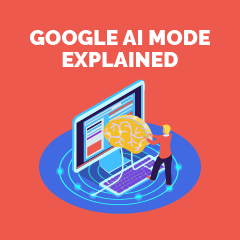


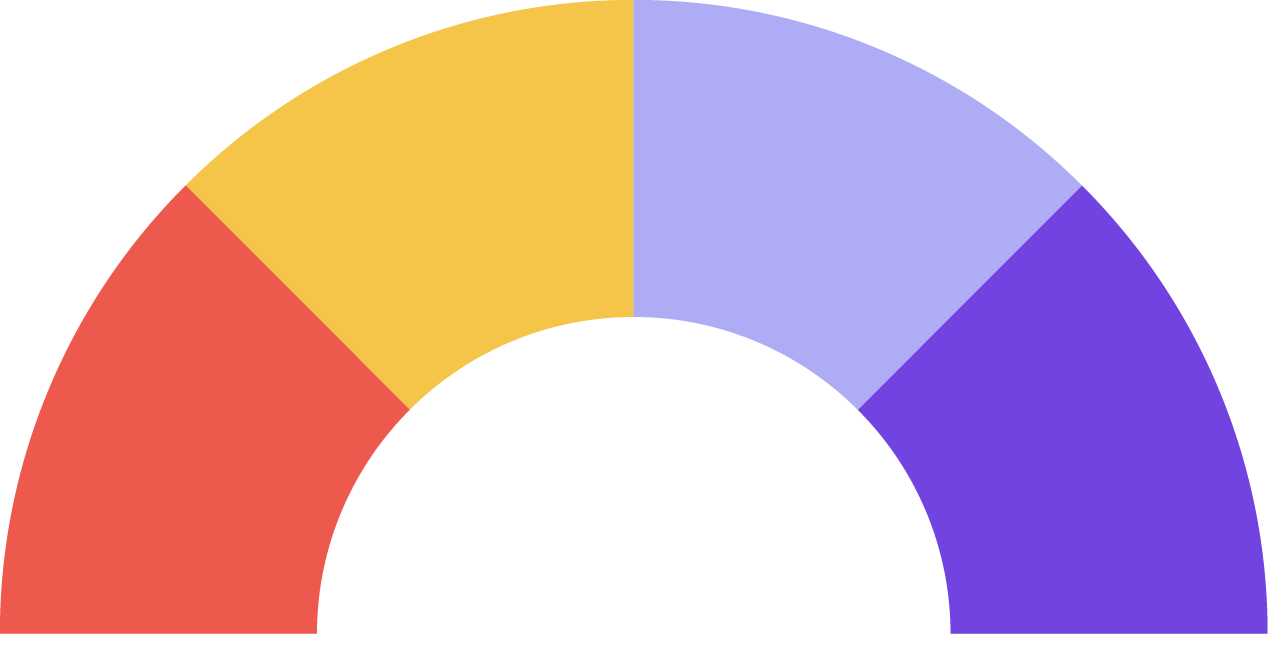
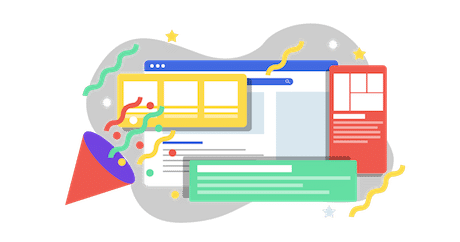
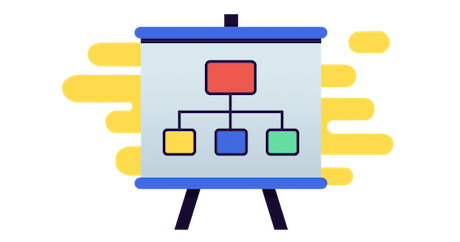
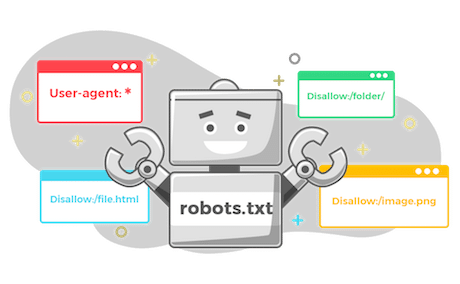




Leave a Reply